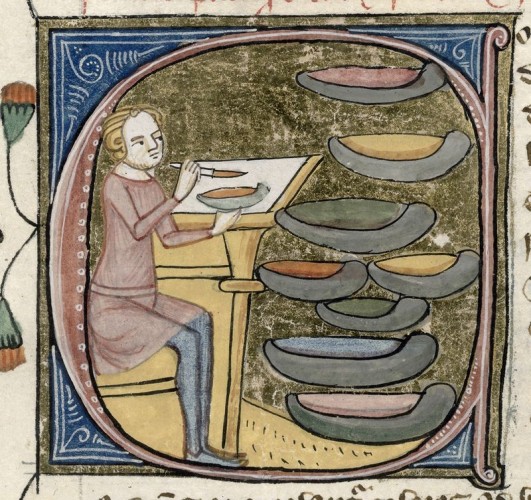Saturday, May 31, 2014
Could you create an illuminated manuscript ?
They reveal a lot about medieval society
by Ferdinand III

During the Medieval era in Europe, Catholic monks created approximately 2000 illuminated manuscripts each year. These fantastic displays of art and learning supposedly emanated from a 'dark age'. A key monkish innovation in creating these masterpieces, was to make these writing scripts 'books', through the insertion of vellum or parchment between 2 hard slabs. Such durable casings spared many of these productions from the elements and time; unlike the primitive ancient scrolls and loose leaf paper editions.
In addition to utility, there is the simple brilliance and hand-crafted artistic elegance, which was such a vibrant part of medieval Christian life. Rich colours, patterns, and illustrated genius permeate these early books. No equal anywhere in the world can be found. These gems also highlight a society with deep and far-ranging trade linkages. Pigmentation for artwork is derived from the processing of flora and plants; and much of the colouring one finds within a medieval manuscript, was sourced from Asia. Common pigments included:
- ultramarine – which came from Afghanistan and was costly as gold
- minium – red colour made from lead; this is from the word ‘miniature’ comes from
- indigo – which came from India and could appear as black or blue
- cinnabar/vermillion
- Brazilwood – made from a dye coming from southeastern Asia
- azurite
- orpiment – a vivid yellow hue
- saffron
- malachite
- terre verte
- verdigris – which was made by exposing copper to vinegar or wine
Source: Medievalists.net